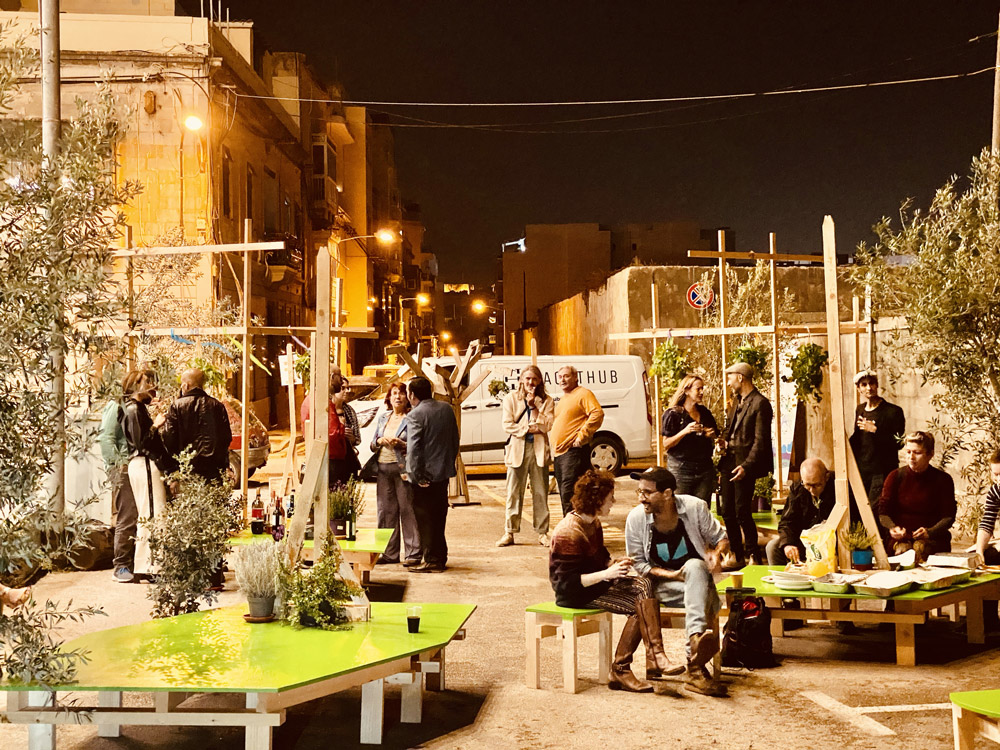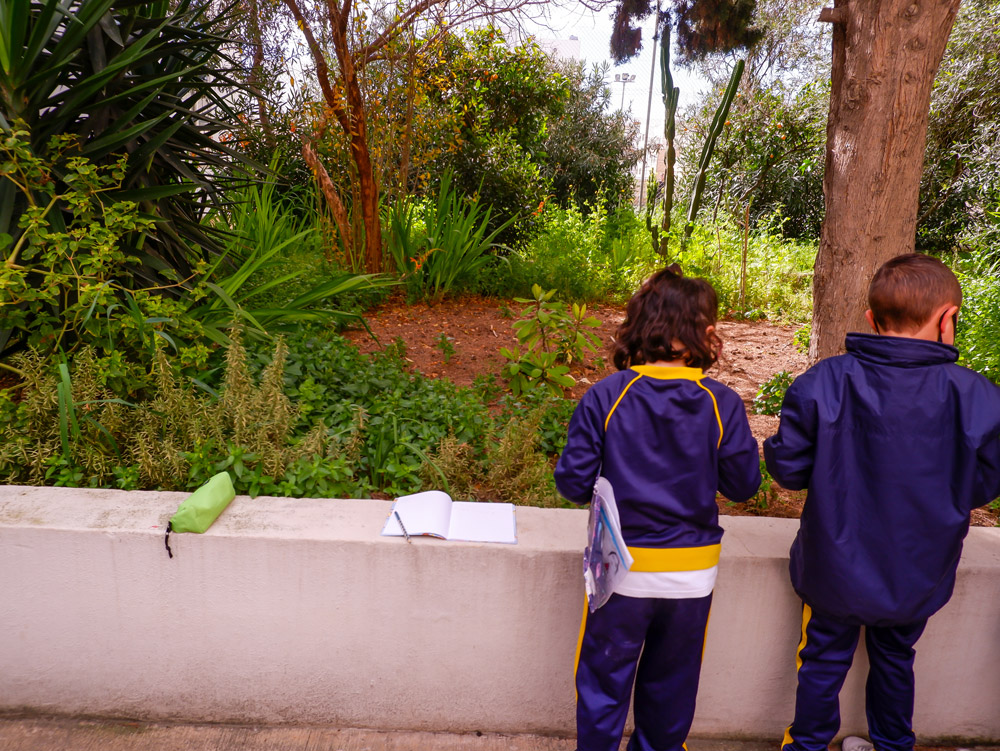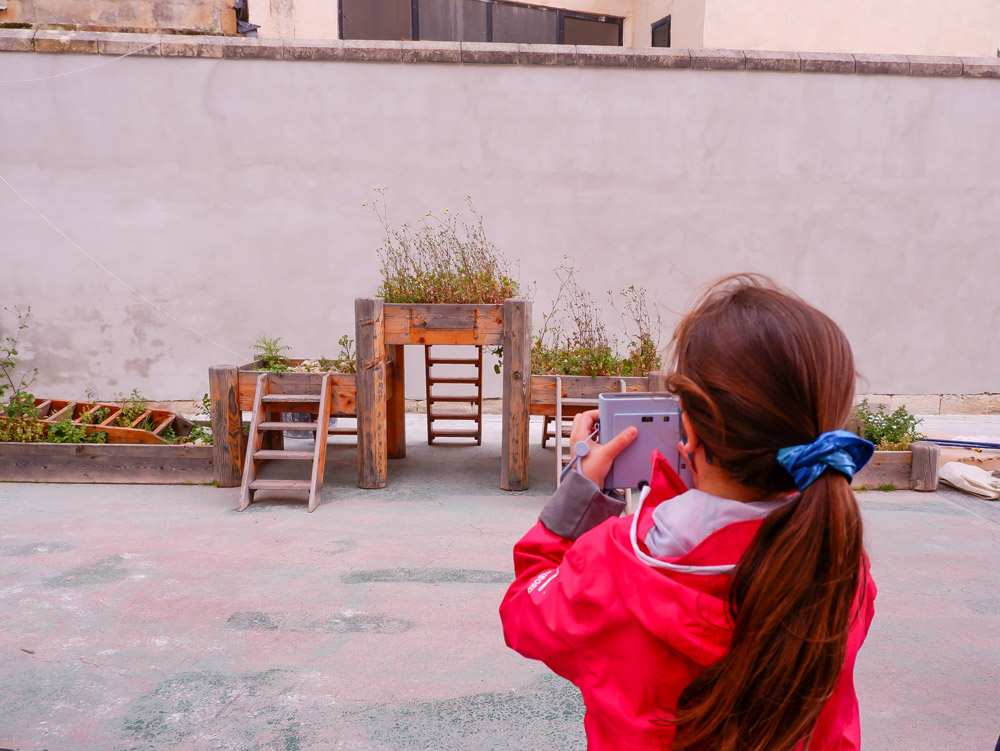Automating mundane tasks, incredible problem solving, and the wonder of creating smarter and smarter technology. What’s not to love about robots and AI? (Besides the whole losing our jobs thing). Check out our favourite 11 real-life AI and Robots below!
Continue readingFrom Iconic To Obscure, Here Are 11 AI And Robots In Films
Automating mundane tasks, incredible problem solving, and the wonder of creating smarter and smarter technology. What’s not to love about robots and AI? (Besides the whole losing our jobs thing). Check out our favourite 11 AI and robots in films below!
Continue readingOne Kiss or Two: Where Kissing Comes From
Give me a thousand kisses, a hundred more, another thousand, and another hundred.
—Catullus (84–54 BCE)
Continue readingOut of the Blue
Colours have fascinated and captured our imagination. While nowadays, a host of colours are readily available from your local stationery, procuring coloured pigments in the past was less straightforward. There was one hue that helped shape the course of history for 6,000 years!
Continue readingHalloween: A Thousand-Year-Old Pagan Party
Delve into the ancient traditions and mystical origins that continue to haunt the modern celebration of All Hallows’ Eve.
Continue readingDeath, Love and Naked Roman Parties: The Dark Origins Of Valentine’s Day
Each year on February 14th, lovers scour shops for flowers, Hallmark cards, and boxes of chocolates while single people are forced to consider their singledom. This day is Valentine’s Day. But how did we come to celebrate this day and when did it all begin? The history behind your V-day cards is darker than you might expect, with myths, killings, sex parties, and strange rituals galore.
Bloody Origins
First of all, who was Valentine? According to the New York Times, the heart-filled holiday could be based on the deadly stories of two men. There were at least two Valentines executed on February 14th by Roman Emperor Claudius II, albeit in different years. Some historians believe that the Catholic Church established St. Valentine’s Day in their honour, to celebrate their perceived martyrdom.
A theory claims that one of these men, Saint Valentine of Terni, a Christian miracle worker, was secretly officiating weddings for Roman soldiers despite a ban by the emperor, making him, for some, a patron of love. He was executed by the Emperor for his crime, as well as his refusal to convert to paganism.
The act of writing letters to your lover is also said to have begun in Ancient Rome. Legend has it that another Valentine, executed during the Roman emperor’s reign, wrote a love letter to a young girl he tutored while in prison supposedly signing it “From your Valentine”, a phrase still used by modern lovers.
St. Valentine’s Day could have been designated by Pope Gelasius I in 496 AD to counterbalance a rowdy ancient Roman festival called Lupercalia. Lupercalia was a rather violent and hedonistic pagan party held to celebrate fertility in mid-February.
According to Classics professor Noel Lenski of the University of Colorado at Boulder, these “naked and drunk” Romans would sacrifice a goat and dog, and then gently whip young, naked maidens with the freshly slain animals to increase their fertility.
The naked Roman festival also included a “matchmaking lottery.” Ladies would put their names in a jar, and the Roman bachelors would pick out a name at random. The couples would copulate for the duration of the festival, and they would often end in marriage.
More Modern Roots
Despite these theories, the modern link between love and Valentine’s Day might not have occurred for another thousand years.
According to Jack B. Oruch, a late University of Kansas English professor, Geoffrey Chaucer and William Shakespeare also played a role in the evolution of St. Valentine’s Day as a holiday in England during the Middle Ages and the Renaissance.
Chaucer, in his famous work “The Parliament of Fowls,” wrote about the tradition of courtly love and the observance of St. Valentine’s Day as a time for lovers to exchange gifts and tokens of affection. Chaucer’s poem helped to popularize the holiday in England and associate it with romantic love.
Shakespeare, in his plays, also referenced the holiday and its associations with love and romance. For example, in “Hamlet,” the character Ophelia sings a song about St. Valentine’s Day, and in “A Midsummer Night’s Dream,” the characters celebrate the holiday with festive activities and romantic pairings.
These, together with other references in Chaucer’s and Shakespeare’s works helped to cement the holiday’s link with love and romance in the English-speaking world and contributed to its continued popularity as a holiday celebrated around the world.
The Romantics
The English Romantic movement of the late 18th and early 19th centuries also significantly catapulted St. Valentine’s Day as the holiday for lusters and lovers.
The Romantics, with their focus on emotion, individualism, and the natural world, encouraged a more personal and sentimental approach to the celebration of love, including that on St. Valentine’s Day.
During this time, St. Valentine’s Day became more widely celebrated in England, with the exchange of love letters, poems, and gifts between sweethearts becoming common fold. The Romantic poets, such as William Wordsworth and Percy Bysshe Shelley, also wrote about love and the emotion of the heart, further fueling the trend of romantic celebration on St. Valentine’s Day.
Meanwhile, the growth of the commercial printing and publishing industries made it easier for people to express their love through printed cards, letters, and gifts, further popularising the holiday. By the end of the 19th century, St. Valentine’s Day had become a firmly established holiday in England, spilling over into other Western countries before taking over the world.
Is Love Free?
Regardless of its origins, St. Valentine’s Day has been celebrated in some form for over a thousand years and has become a popular holiday in many countries. Today, the holiday is an economic powerhouse and a top shopping holiday. In the U.S alone, Americans spent $23.9 billion last year on Valentine Day paraphernalia, including gifts, flowers, cards and other romantic gestures.
The origins of St. Valentine’s Day are a surprisingly brutal melting pot of pagan and Christian traditions and beliefs. It is strange how these have evolved over the centuries to become an international, independent and popular celebration of love. Perhaps love is blind after all.
Further Reading
- “The history of Valentine’s Day.” Smithsonian Magazine, Smithsonian Institution, 10 Feb. 2016, www.smithsonianmag.com/history/the-real-history-of-valentines-day-87478206/.
- “History of Valentine’s Day.” History.com, A&E Television Networks, www.history.com/topics/valentines-day/history-of-valentines-day-2.
- “The dark origins of Valentine’s Day.” NPR, https://www.npr.org/2011/02/14/133693152/the-dark-origins-of-valentines-day
- “Valentine’s Day: Did It Start as a Roman Party or to Celebrate an Execution?”, New York Times https://www.nytimes.com/2017/02/14/style/valentines-day-facts-history.html?_r=0
- “HOW MUCH MONEY IS SPENT ON VALENTINE’S DAY EVERY YEAR?”, Oberlo, https://www.oberlo.com/statistics/how-much-money-is-spent-on-valentines-day-every-year
Gzira: How to Make a Leaner, Meaner, Greener City
Over half the global population now lives in cities. As the march of urbanisation trudges on, cities across the globe face mounting pressure to think of urban and green futures for communities in the face of the climate crisis.
But creating a plan for a sustainable future risks missing the green mark if citizens are not given a seat at the table to express their needs and desires, leading to a waste of resources or solutions that no one uses.
An ambitious EU project called VARCITIES is aiming to lead the way with tangible, nature-based solutions that put citizens at the forefront of greener future cities. At present, seven pilot cities (including one seaside locality in Malta, Gzira) are testing and implementing a series of these community-based actions for better creativity, inclusivity, health, and happiness for their citizens.
THINK caught up with two of the team members, Kurt Calleja and Emma Clarke, to talk about the project.
How it All Began
According to Calleja and Clarke, the key first step was to identify characteristics of the pilot sites, which in Malta was Gzira. Then, it became important to talk to various stakeholders: experts, the local council, and most importantly, the locals in order to map out the project’s blueprints.
‘Through this, we identified multiple benefits and how various groups stand to gain from the project. We then considered unforeseen outcomes for the project to try to be as realistic as possible,’ Calleja says.
‘I say realistic because there are several misconceptions about environmental sustainability,’ he adds. ‘There is more to it than simply planting a few trees. The problem is far more complex and requires proper, long-term planning.’
In fact, a workshop held in June 2022 with local residents found that persistent frustrations included a severe lack of green open spaces, limited walkability because of narrow pavements, poor air and noise quality, and a need for more pedestrian routes.
How to Make a Greener, Meaner City
VARCITIES is trying to do a lot. Firstly, it wants to implement micro-greening interventions on a main artery of Gzira, Triq D’Argens, which currently does not have any sort of greenery and is rife with noise and exhaust pollution. This will be implemented through a participatory design process which includes residents, educators, creatives, and experts.
The project also focuses on urban diversity, education, and engagement through innovative pop-up parks and events. It wants to develop a co-created community garden project. The garden, Calleja explains, will be implemented in a collaborative way with artists such as Laura Besancon, an artist in playful interactions who has worked with the children of Gzira Primary School to design the playground.
‘The idea is not to just build a garden and leave it at that. We want to know what residents actually want, not just plant a few trees and build concrete structures,’ he continues.
In other words, they want to make sure it’s going to be used. Currently, the team has observed that playgrounds are not being used by people or children because they were not designed with the users in mind.

The ‘Human-Centred’ Approach to Design
For the playscape, the VARCITIES team organised workshops with school students, both to educate and as a form of data collection. The playscape is ‘human-centred’ but is also designed according to a need for better biodiversity in order to improve the ecosystem and attract more insects through greening.
In the first workshop with the school children, the team took an ethnographic approach through two parts: visual and experimental.
‘We invited children to go around school to capture photos of places that mean something to them. Then we moved to a more auditory-based practice: we asked the children to document the sound environment of their school, to really actively listen rather than just hear,’ Calleja says.
The soundscapes made by the children were unsurprising; they were sounds of constant traffic, construction, and some bird sounds.
‘Something that stuck out was that even though noise is a part of their everyday culture, it was still something very bothersome and disruptive for them,’ Clarke says.
‘Without any accessible greenery around, they feel disconnected from nature and gravitate more towards their phones,’ she adds.
In the following workshop, the children were asked to unleash their creativity. A blank canvas was laid out, and they were asked to design their ideal playground, a chance to brainstorm and think together on what a future part of their school could be. Now, their artworks are being used as inspiration for the final design of the playscape.

In one last intervention, the team held a planting and propagation workshop, and the plants they nurtured will be used in the actual garden. It’s a wholly collaborative and educative process. In addition to designing the playscape/community garden, the VARCITIES team have hosted a series of pop-up parks around Triq D’Argens throughout November. These parks provided space for social interactions as well as art and science installations, all done in collaboration with local business, citizens, artists and NGOs.
A Blueprint for Going Green Globally
Ultimately, the goal is to build more inclusive and greener cities, and city-based projects like this will let stakeholders evaluate how efficient and effective nature-based solutions are. Initiatives like VARCITIES that use bottom-up, citizen-oriented approaches could become models to build our future cities now.
‘We believe in using the bottom-up, citizen-oriented approach for sustainable solutions for cities. The idea is to eventually be able to see what works and what doesn’t, learn, and upscale the approach, to champion sustainable solutions and improve our lives,’ Calleja said.
Cities that cater for our needs and desires as citizens as well as change the course of climate disaster should not be a utopian fantasy. The interventions done in Gzira could be the green blueprints for everyone’s future.
VARCITIES is an H2020 funded EU project (grant agreement: grant agreement No 869505) led in Malta by Dr Ing. Daniel Micallef (Faculty for the Built Environment) who is supported by academics in the Faculty of Education, Faculty of Science, and Faculty of Engineering including: Dr Edward Duca, Antoine Gatt, Carlos Canas, Dr David Paul Suda, Prof. Emmanuel Singara, Dr Kenneth Scerri, Dr Sarah Scheiber, Dr Simon Borg, Prof. Vincent Buhagiar, and Dr Mark Caruana.
This project is supported by Arts Council Malta.







